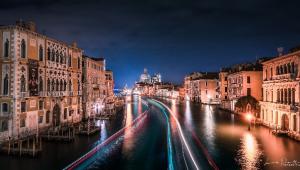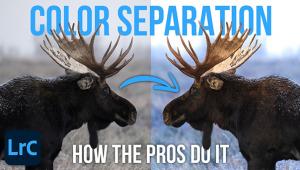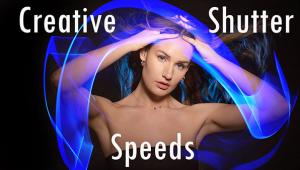Why Neutral Density (ND) Filters Are Key to Great Landscape & Outdoor Photography
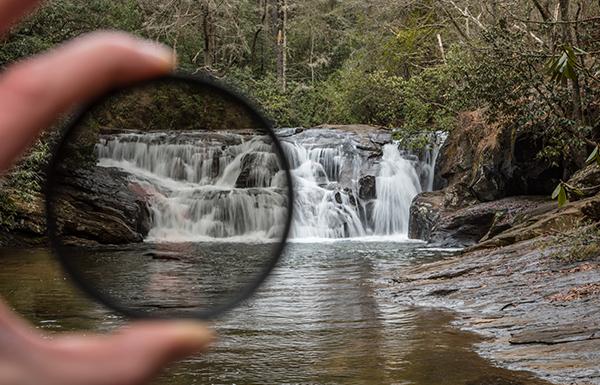
(Editor’s note: This landscape photography how-to is sponsored by Tiffen.)
Neutral density filters are one of the most important tools in a photographer’s toolkit. They allow a photographer to control the amount of light that reaches the camera sensor. Whether it is a bright sunny day and you want to manage the bright light, or you are photographing water and are looking for that silky smooth look, the neutral density filter can help you achieve the image you are looking for.
Most neutral density filters have some color cast to them. It is a grey or blue tint to the images. Other neutral density filters try and manage the amount of infrared and create a green or cyan tint to the images. These filters require editing in post-production to try and recreate the scene.
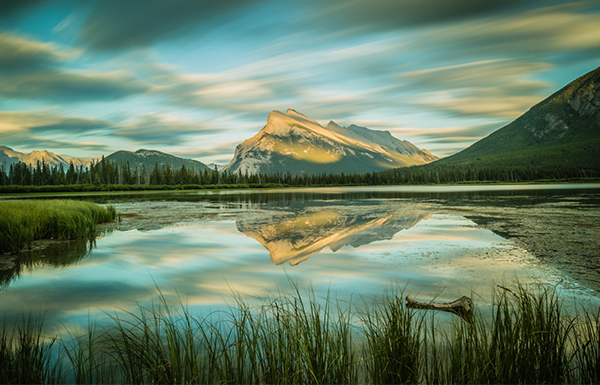

When Tiffen launched their NATural Neutral Density filters, I couldn’t have been more excited. The ability to control the light entering my camera and shutter speed by using a neutral density filter and not have to worry about any color-cast was something I had been dreaming about. To know that the image I take in my camera is what the scene looked like in person is important for any photographer. It also saves significant time in post-production.


As soon as I got my hands on the Tiffen NATural Neutral Density filters, I immediately went chasing waterfalls as I wanted to get a feel for how an image would look with these new filters. The difference between the standard Tiffen Neutral Density filters and the new NATural Neutral Density filters is immediately noticeable.
To get a sense for how much the NATural Neutral Density filters improved color clarity, I locked my White Balance. This ensured that the camera’s settings wouldn’t impact my test. The greyish haze of a standard ND filter was very pronounced. When using the NATural ND filter, there was no color cast. The difference between the two filters with AWB set was less than with it locked, however, there was still color casting with the standard filters. My first shots with the NATural ND filters required no color correction in post-production.
One of the additional advantages of the NATural ND filters is not just that the filters are more a what you see is what you get from a color perspective, but also that it allows you to better control the light in your photograph. When holding up the filters (below), the NATural ND looks clearer and gives the photographer a better view of how the filter will impact the photograph.

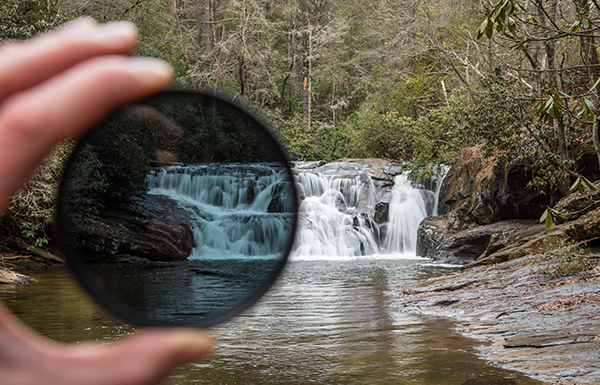
While when using standard Neutral Density filters you don’t think too much about color cast, I can’t see myself using them now that I have the NATural Neutral Density. The color accuracy and clarity of the NATural Neutral Density filters makes them the premier filters for a photographer looking for Neutral Density Filters.
Click here to learn more about Tiffen NATural ND Filters.
- Log in or register to post comments











